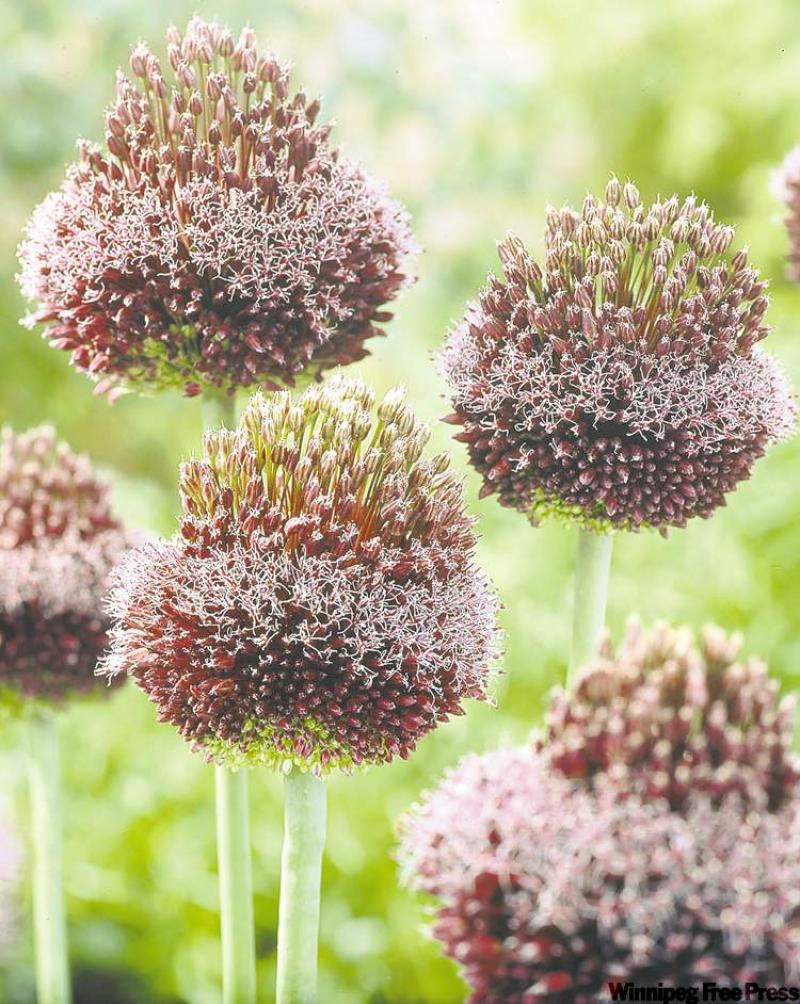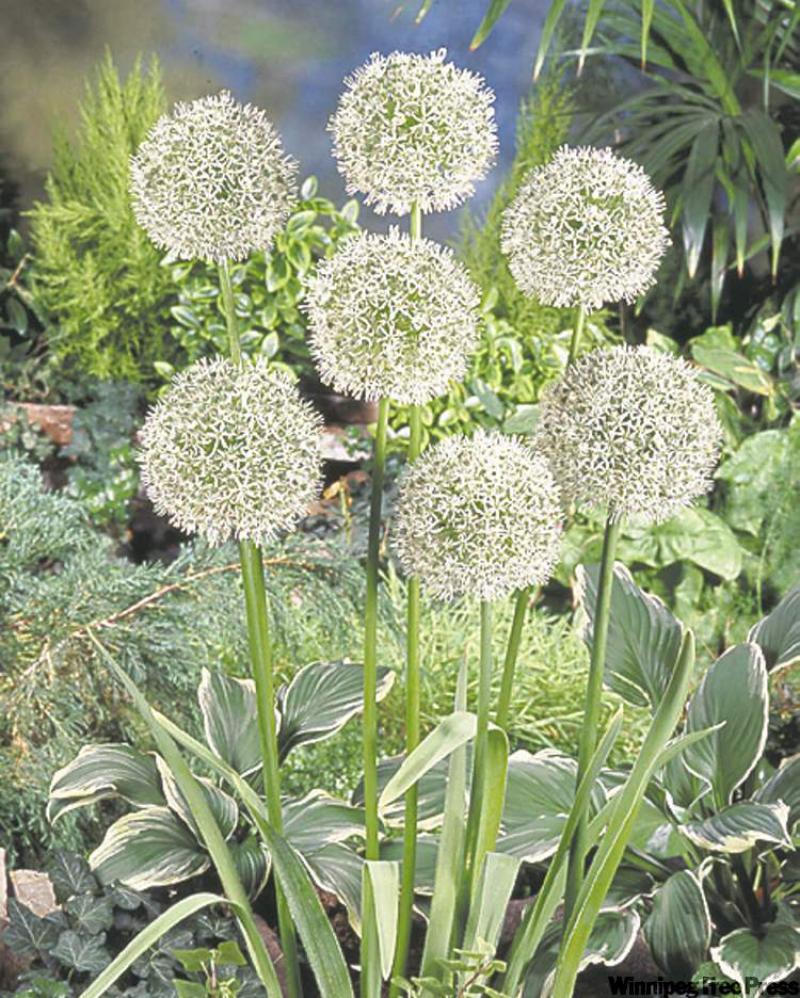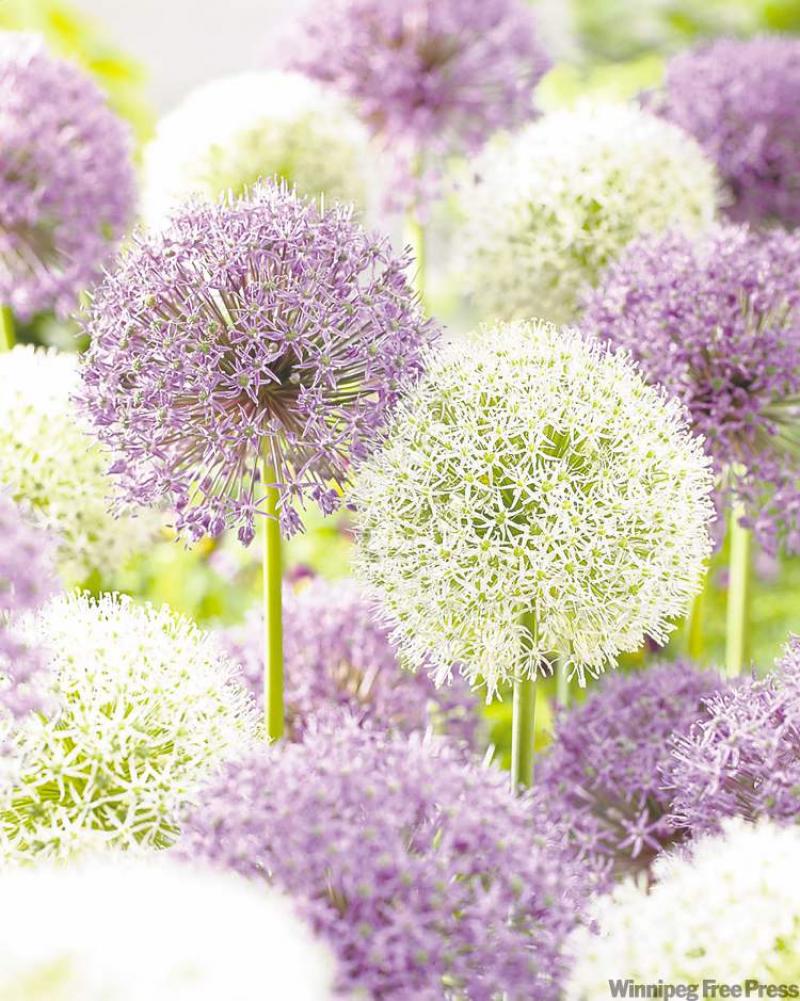


Of all gardening activities, planting bulbs is my favourite. It is satisfying on so many levels.
For one thing, bulbs are pretty much surefire things. As long as you don't push them into soggy or waterlogged ground, they are going to do what they are supposed to do perfectly.
The range of flower colour is also phenomenal. Think it through and you can have knockout colour in your garden from the first light of spring to the start of summer.
Pick the right kinds of bulbs to plant (I'm thinking of ones that naturalize and form endless colonies) and you are rewarded with a repeat performance year after year.
There is also something of the magic of a caterpillar-to-butterfly metamorphosis that happens with bulbs that makes the planting process so engaging: You push this odd-shaped object in the ground, cover it with soil, and it sends up an amazingly beautiful flower.
In The Everlasting Man, G.K. Chesterton argues that just because something is predictable and happens every day, such as the sun coming up, doesn't make it any less amazing. I feel the same way about bulbs flowering in spring.
Anyway, let's look at some interesting planting strategies you can put to work this fall to give a terrific splash of colour next spring.
Paint with bulbs
Ever since I met Jacqueline van der Kloet, one of the Keukenhof's top designers, I tend to think of bulb-planting as the botanical equivalent of paint-by-numbers. Bulbs are so dependable, you can use them to put colour on the ground precisely.
Van der Kloet showed that not only could she create great blocks of colour by planting masses of red and yellow tulips or rivers of blue muscari, she could also make subtle, painterly schemes.
She makes clever use of hyacinths, dotting them in regular patterns and surrounding them with great naturalizers like Fritillaria meleagris, scilla and ornithogalum.
You'd be surprised, for instance, how good a checkerboard pattern various shades of blue chionodoxa can make.
You could mix various shades of hyacinths to create something similar. Try yellow "City of Harlem" with peach-coloured "Apricot Pattern" and burgundy "Woodstock."
Hot and trendy
The tulip everyone is talking about is "Orange Angelique."
It's a tulip, but it looks like a peony because the flower contains so many petals, all a soft apricot colour.
The problem is, "Orange Angelique" is no longer easy to find. Suppliers underestimated demand and packets of the bulbs have been flying off the shelves at garden centres since mid-September. Good luck if you manage to get some.
A better pick, in my opinion, is the classiest tulip of them all, "Spring Green," one of the viridiflora group, all of which have a distinctive green stripe. Pick up a few packets of Lemon-Lime Twist (mix of "Spring Green" and "Yellow Spring Green") and you have a breathtaking display.
Blue on blue
You perhaps don't realize how many shades of blue muscari there are. When you put them together, the subtle shifts in tones and texture can be very attractive. There's Muscari paradoxum and Muscari neglectum, Muscari latifolium and Muscari armeniacum, not forgetting great cultivars such as "Blue Spike," "Valerie Finnis," "Big Smile" and "Mount Hood." The nice thing about muscari bulbs is that you get a lot for not a lot of money.
You could do something similar using shades of blue crocus; you just have to remember to keep an eye on flowering times -- snow crocuses bloom earlier than the large-flowered ones. So "Whitewell Purple," "Firefly' and "Blue Pearl" go together and "Remembrance," "Striped Beauty" and "Purple" go together. Mix them all together for six weeks of colour.
Black and white
Snowdrops fit perfectly under the low, umbrella-like canopy of laceleaf maples where they bloom magnificently in spring and are shaded by the trees' leaves in summer. But snowdrops look even more striking when they pop up among the dark leaves of black mondo grass. If you are lucky enough to have a Himalayan birch (Betula jacquemontii), then plant some black grass under it and push dozens of snowdrops into the grass. The black-and-white contrast is wonderful.
The allure of alliums
You must find room in your garden for the Star of Persia (Allium christophii). In fact, plant half a dozen for more impact. But the most talked about allium at the moment is "Forlock," which has purple ball-shaped flower heads that look as if they have been given a buzz-cut.
But I reckon there will be much more demand for white-flowering alliums, especially "Mount Everest" and the more dainty A. neapolitanum. There is also a delightful combination package available this year called "Double Bubble," which is a mixture of white and purple alliums. Very stylish.
-- Postmedia News



